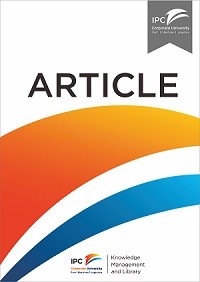Article
Fuzzy empty containers excess estimation as an economic indicator—the case of the north Adriatic port system
Today, approximately 90% of the world’s cargo is moved by ships and almost all general cargoes are transported in containers. Worldwide container traffic has increased over the last 20 years by 7% annually, and containerization has begun to seriously impact global trade patterns. As a result, container terminals have become very important nodes in the world’s supply chain. In this article, we have highlighted the link between the total and empty container traffic and the global economy. By way of example, we have analysed the empty container traffic in north Adriatic ports in the years before and during the global economic crisis and in a period of stability after the major economic slump. We used a fuzzy multicriteria algorithm to find out how the global crisis, which has affected ports, influences the number of excess empty containers at the terminals. We show that these factors, in particular the change of the global financial and economic situation, have different repercussions to the ports of the north Adriatic: less serious effects upon the ports that are well connected locally and substantial consequences for the ports that are well connected globally.
Ketersediaan
Informasi Detail
- Judul Seri
-
Maritime Policy & Management The flagship journal of international shipping and port research
- No. Panggil
-
ATC LO SUB f
- Penerbit
- Slovenia : Routledge Taylor and France Group., 2015
- Deskripsi Fisik
-
18 p.
- Bahasa
-
English
- ISBN/ISSN
-
1464-5254
- Klasifikasi
-
LO
- Tipe Isi
-
-
- Tipe Media
-
-
- Tipe Pembawa
-
online resource
- Edisi
-
Vol. 42, No. 8, 759–775,
- Subjek
- Info Detail Spesifik
-
-
- Pernyataan Tanggungjawab
-
Danijela Tuljak-Suban
Versi lain/terkait
| Judul | Edisi | Bahasa |
|---|---|---|
| The organisation of a port system : Module 2 | Module 2 | en |
| Concentration and load centre development in the European container port system | en |
Lampiran Berkas
Komentar
Anda harus masuk sebelum memberikan komentar

 Karya Umum
Karya Umum  Filsafat
Filsafat  Agama
Agama  Ilmu-ilmu Sosial
Ilmu-ilmu Sosial  Bahasa
Bahasa  Ilmu-ilmu Murni
Ilmu-ilmu Murni  Ilmu-ilmu Terapan
Ilmu-ilmu Terapan  Kesenian, Hiburan, dan Olahraga
Kesenian, Hiburan, dan Olahraga  Kesusastraan
Kesusastraan  Geografi dan Sejarah
Geografi dan Sejarah